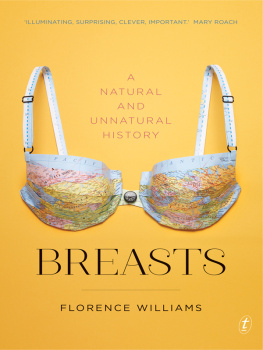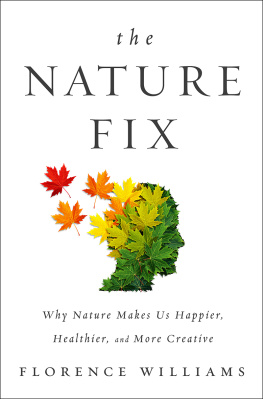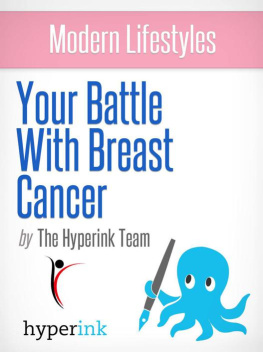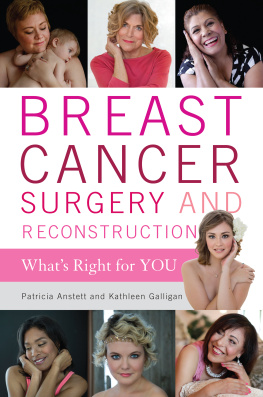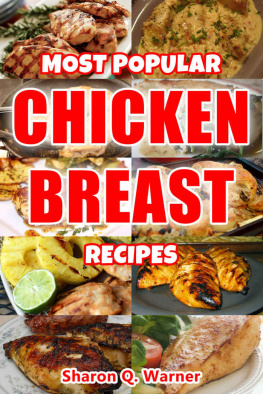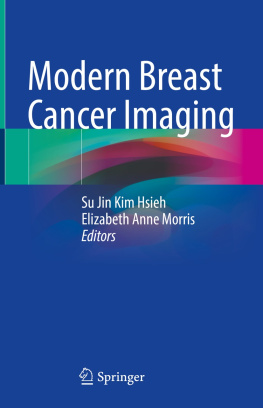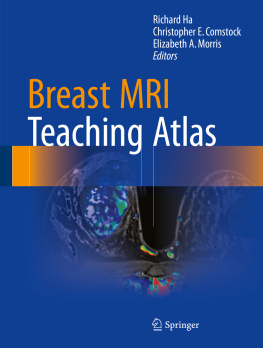
Florence Williams is a contributing editor at Outside magazine, and her articles and essays have been widely anthologised. Breasts was named a finalist for the 2011 Columbia/Nieman Lukas Work-in-Progress Award. Williams lives in Boulder, Colorado.
textpublishing.com.au
florencewilliams.com
The Text Publishing Company
Swann House
22 William Street
Melbourne Victoria 3000
Australia
Copyright Florence Williams 2012
Every effort has been made to trace copyright holders and obtain their permission for the use of copyright material. The publisher apologises for any errors or omissions and would be grateful if notified of any corrections that should be incorporated in future reprints or editions of this book.
All rights reserved. Without limiting the rights under copyright above, no part of this publication shall be reproduced, stored in or introduced into a retrieval system, or transmitted in any form or by any means (electronic, mechanical, photocopying, recording or otherwise), without the prior permission of both the copyright owner and the publisher of this book.
First published in the USA by W. W. Norton & Co. 2012.
Published in Australia and New Zealand by The Text Publishing Company, 2012.
Cover design by WH Chong
Image by Levi Brown
National Library of Australia Cataloguing-in-Publication entry:
Author: Williams, Florence.
Title: Breasts : a natural and unnatural history / Florence Williams.
ISBN: 9781921922640 (pbk.)
ISBN: 9781921834868 (ebook.)
Subjects: BreastPopular works.
BreastHealth aspects.
BreastDiseasesEnvironmental aspects.
Breast milkContaminationEnvironmental aspects.
Dewey Number: 611.49
In memory of my grandmothers, Florence Higinbotham
Williams and Carolyn Loeb Boasberg,
and my mother, Elizabeth Friar Williams.
Introduction
PLANET BREAST
Save the Tatas
BUMPER STICKER
F UNBAGS. BOOBSTERS. CHUMBAWUMBAS. DINGLE BOBBERS. Dairy pillows. Jellybonkers. Num nums. When I was growing up, my mother called them ninnies. That word, according to Websters, means fools, and lists nitwits, nutcases, and boobs as synonyms. For my own children, I amended the word to nummies, thinking it a bit kinder. Looking up its etymology recently, I found the word defined as yummy, but its origin may stem from numbskull. We love breasts, yet we cant quite take them seriously. We name them affectionately, but with a hint of insult. Breasts embarrass us. Theyre unpredictable. Theyre goofy. They can turn both babies and grown men into lunkheads.
For such an enormously popular feature of the human race even today, when they are bikinied, bared, flaunted, measured, inflated, sexted, YouTubed, suckled, pierced, tattooed, tassled, and in every way fetishizedits remarkable how little we actually know about their basic biology. We know some things: they appear out of nowhere at puberty, they get bigger in pregnancy, theyre capable of producing prodigious amounts of milk, and sometimes they get sick. We know men even get them once in a while, and that tweaks us out.
Not even the experts among us are certain why all these things happen, or even why we have breasts in the first place. But the urgency to know and understand breasts has never been greater. Modern life has helped many of us live longer and more comfortably. It has also, however, taken a strange and confounding toll on our breasts. For one thing, they are bigger than ever, according to lingerie manufacturers and purveyors who are ever increasing their cup offerings to sizes like H and KK. We are sprouting them at younger and younger ages. We are filling them with saline and silicone and transplanted stem cells to change their shape. Most of us are not using them to nurture infants anymore, but when we do, our breast milk contains industrial additives never tasted by our ancestors and never meant to be digested by humans at all. More tumors form in the breast than in any other organ, making breast cancer the most common malignancy in women worldwide. Its incidence has almost doubled since the 1940s and is still rising. Breasts are living a life theyve never lived before.
Fortunately, scientists are beginning to unveil the secrets of breasts, and with those secrets, a new way of looking at human health and our decidedly complicated place in nature. To understand the transformation, we need to go back in time, to the very beginning. We must first ask, Why breasts? Why us? We share 98 percent of our genes with chimps, but among that immeasurable 2 percent are the ones governing breasts. Chimps, unlucky sods, dont have them. In fact, we are the only primates so endowed with soft orbs from puberty onward. Other female primates develop small swellings while lactating, but they deflate after weaning. Breasts are a defining trait of humanity, and mammary glands define our entire taxonomic class. Carolus Linnaeus understood. Thats why he named us mammals.
Breasts are us.
I DIDNT THINK A LOT ABOUT MY BREASTS UNTIL I BECAME A mother. My breasts developed about the normal time. I liked them fine. They were small enough not to get in the way of sports or cause backaches, big enough that I knew they existed, symmetrical enough to look okay in a bathing suit on the rare occasions when I wore one while growing up in New York City. I wasnt like Nora Ephron, who wrote an essay for Esquire about how she obsessed over her small breasts in the 1950s, the era of the torpedo bra, in California: I would sit in the bathtub and look down at my breasts and know that any day now, any second now, they would start growing like everyone elses. They didnt.
Poor Nora. Her worry acknowledged a truth that had been evolving since the sun set on the Pleistocene: breasts are really important. Consider this: in our mammalian ascent, being breastfed allowed us a youthful pass from gathering, chewing, digesting, and purifying food found in nature. Other animals such as reptiles had to live near specialized, high-fat food sources. Mammals just had to be near their moms, who do all that work for them. Mammals had more flexibility during times of climate change and food scarcity. After lactation evolved (from sweat glands) in the Mesozoic, mammals gained ascendancy over dinosaurs. The world became a different place.
Breasts have helped advance our own speciess evolution in ways both self-evident and unexpected. With their rich stores of milk, they allowed our newborns to be born smaller and our brains to grow bigger. Having smaller babies meant our hips could be smaller, assisting our ascent into bipedalism. Breast-feeding may well have enabled the development of gesture, intimacy, communication, and socialization. Our nipples helped develop and prepare the human palate for speech and gave us a reason to have lips. So, in addition to greasing the way to our global domination, breasts begat the fine art of kissing. It was a tall order, but breasts were up to it.
Millions of years of evolution and environmental pressure created an organ that was pretty darn fabulous, or so we thought.
MINE LOOKED FABULOUS FOR ABOUT NINE MONTHS, WHILE I WAS pregnant with my first child. After he was born, my breasts became wondrously utilitarian for the first time. But for a piece of finely tuned evolutionary machinery, mine often malfunctioned. They became objects of betrayal, frustration, self-doubt, and excruciating pain. Metaphors of aeronautics were now applied with disturbing frequency. I didnt employ the correct latch-on or suction disengagement, and my nipples paid the price. A week after my son was born, I came down with my first case of mastitis, a practically medieval systemic infection that starts in a clogged milk duct. I would endure three more cases before the first year was out.

